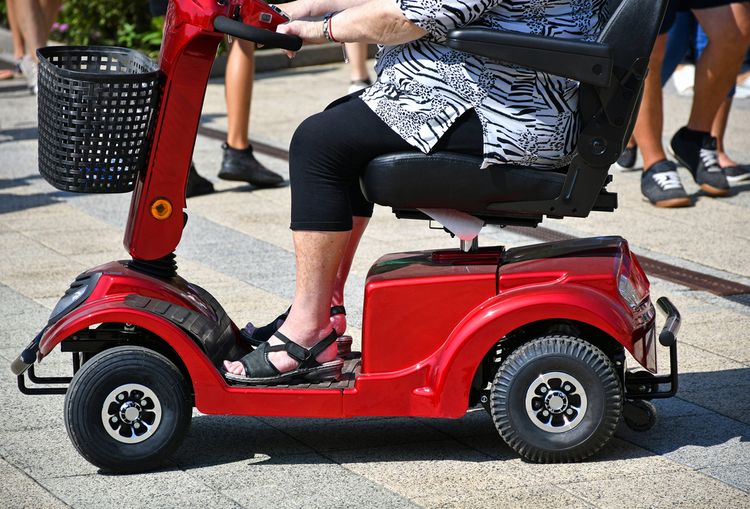Adapting infrastructure to accommodate aging demographics in cities
As cities age, planners and communities must adapt infrastructure to support mobility, caregiving, inclusion, and wellbeing. This article examines practical strategies for integrating housing, transport, public space, and policy to respond to demographic change, migration, and diversity.

Urban populations are shifting as many cities experience longer life expectancy and lower birth rates. These demographic changes require planners to rethink streets, housing, transport, public spaces, and service delivery so older residents can live safely, participate socially, and access care. Effective adaptations combine physical accessibility with social inclusion and policy measures that account for migration, diversity, and varying caregiving needs.
This article is for informational purposes only and should not be considered medical advice. Please consult a qualified healthcare professional for personalized guidance and treatment.
How do demographics reshape urban needs?
Demographics inform where and how aging populations live and move. Mapping age distributions alongside data on household composition and migration helps identify neighborhoods with growing concentrations of older adults. That insight guides priorities for retrofitting sidewalks, crosswalks, lighting, and benches, and for providing diverse housing options such as adaptable apartments, accessory dwelling units, and community housing models that support informal caregiving. Planning with demographic detail ensures investments reach the places of greatest need.
How does urbanization affect wellbeing and mobility?
Urbanization can increase access to services but can also create mobility barriers when transport and public space are not age-friendly. Accessible transit, low-floor vehicles, clear wayfinding, and shorter walking distances between stops and amenities improve everyday mobility and independence. Designing streets for slower speeds and safer crossings reduces risk for older pedestrians. Nearby green spaces and social hubs bolster physical activity and mental wellbeing, while transport scheduling that reflects older adults’ travel patterns supports broader participation.
How should caregiving and accessibility be integrated?
Caregiving infrastructure spans home modifications, community care hubs, and support for informal caregivers. Building codes and retrofit incentives can promote universal design features—step-free entries, wider doors, reinforced bathrooms, and adaptable layouts—so homes remain usable as needs change. Local services, community centers, and mobile care teams complement residential adaptations. Digital coordination tools can enhance caregiving networks but designers must address digital access, literacy, and privacy to ensure inclusion for diverse older residents.
What role do migration and diversity play?
Migration shapes the cultural, linguistic, and social makeup of aging populations. Services and public information should be multilingual and culturally appropriate to ensure inclusion. Diverse communities often rely on strong informal networks; supporting community-led initiatives can strengthen intergenerational ties and caregiving capacity. Planning must also consider mobile or transient older adults, ensuring continuity of care, straightforward registration for services, and accessible pathways regardless of migration status.
How can policy promote equity and participation?
Policy instruments—zoning, subsidies, grants, and participation mandates—determine whether adaptations reach all residents. Zoning changes that encourage mixed-income and multigenerational housing, targeted subsidies for transit fares, and home modification grants support equity for low-income older adults. Mandating engagement of seniors and caregivers in planning processes improves project relevance and uptake. Collecting disaggregated data on age, migration status, and disability helps evaluate progress toward equitable outcomes and informs future policy refinement.
How to build resilience and community integration?
Resilient adaptations combine durable physical upgrades with social infrastructure: maintenance plans for sidewalks and transit, emergency plans that address mobility and medication needs, and flexible public spaces serving as cooling centers or social meeting points. Strengthening neighborhood networks—volunteer groups, neighborhood caregivers, and digital platforms—improves capacity to respond to shocks. Investing in workforce development for caregiving, accessible design, and community outreach supports long-term integration of aging considerations across municipal systems.
Adapting city infrastructure for aging demographics is a multi-dimensional challenge that blends design, policy, and community engagement. Prioritizing equity, inclusion, and participation leads to environments that support caregiving, enhance wellbeing, and respect diversity. When transport, housing, public spaces, and local services are planned together with input from older residents and caregivers, cities can remain resilient and welcoming for people of all ages.





